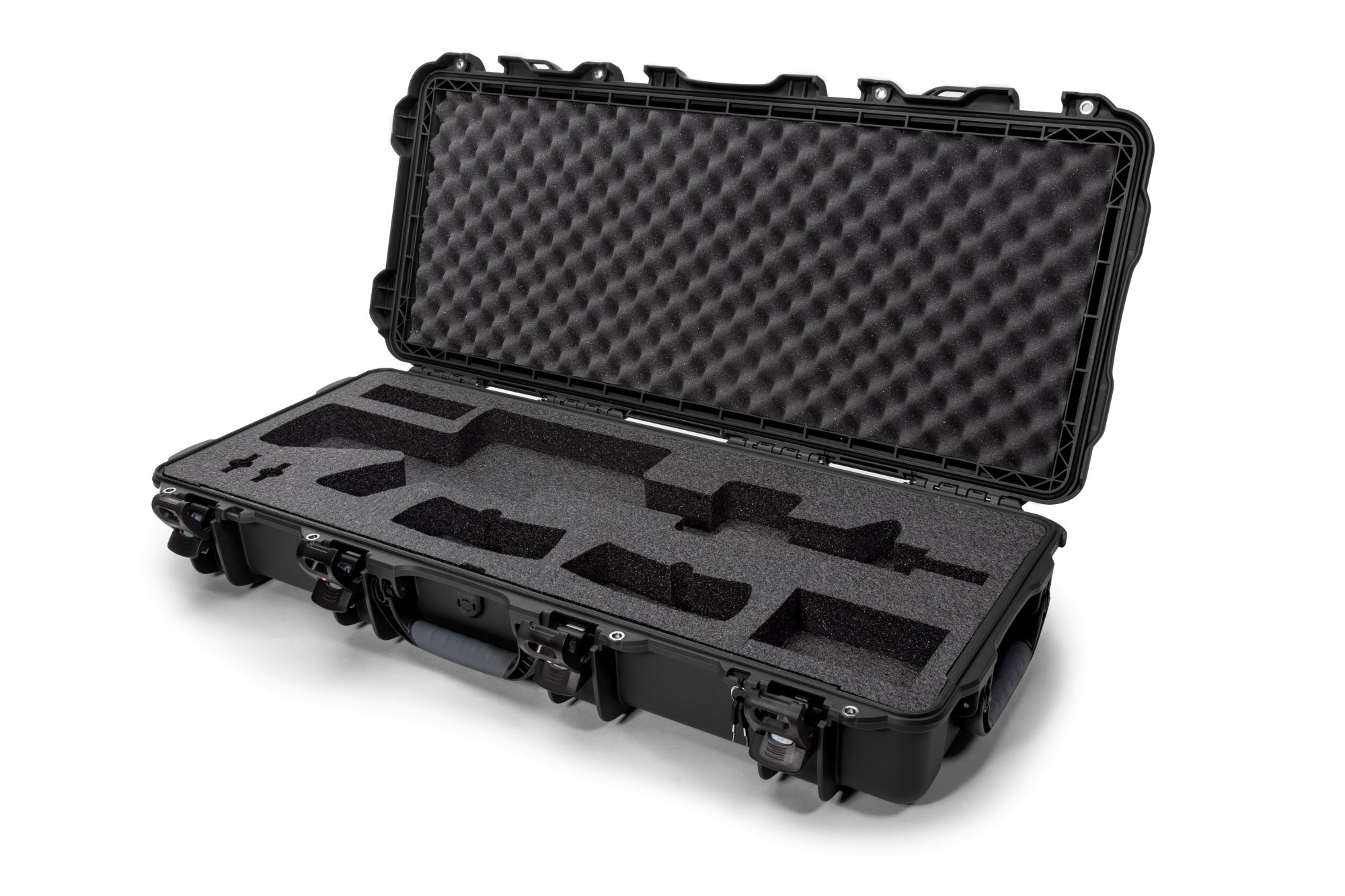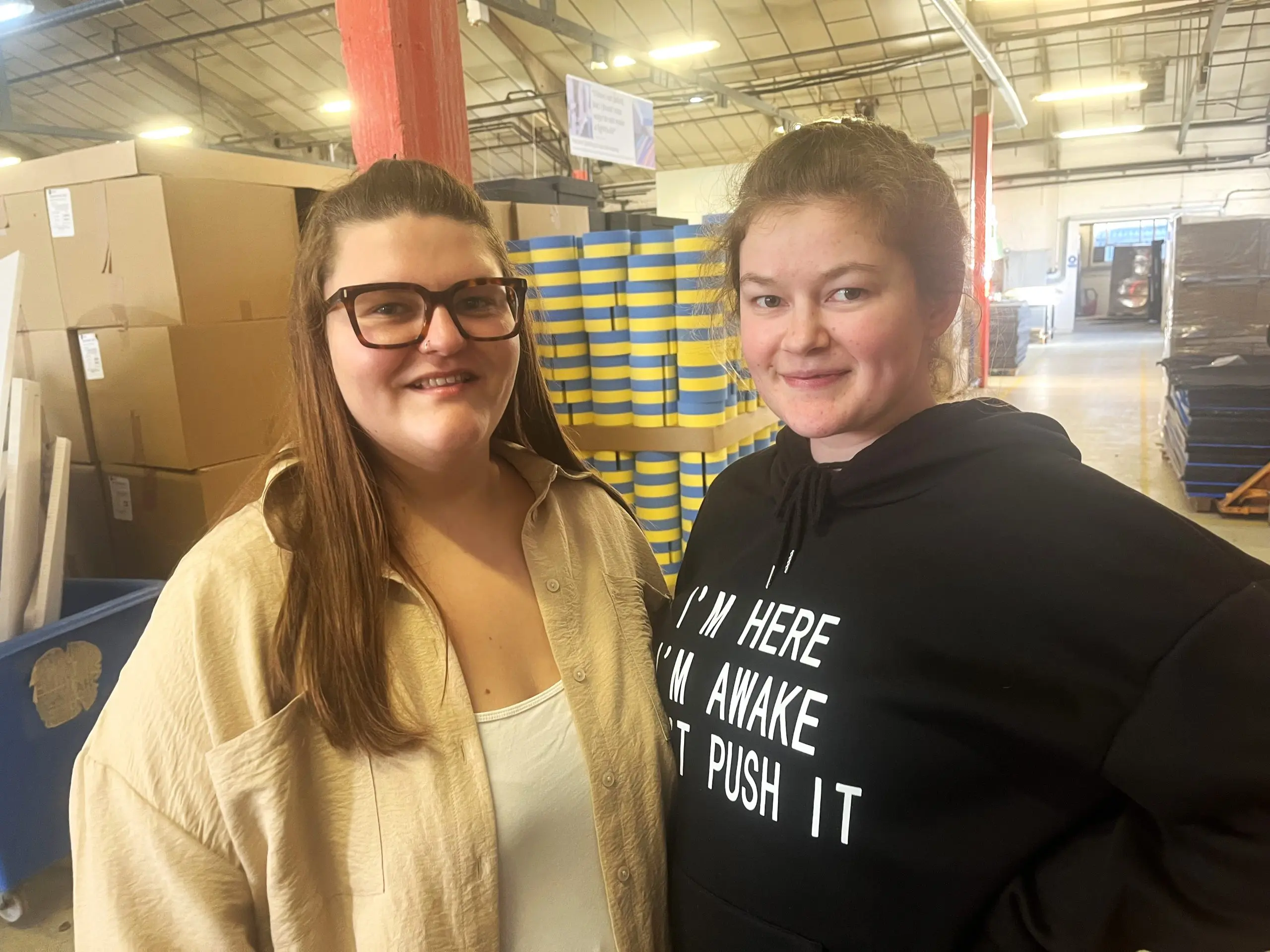EPDM – Ethylene Propylene Diene Monomer – is one of the most popular types of rubber because it’s incredibly versatile. In fact, there are a whole range of applications for EPDM rubber, from gaskets in the automotive industry to tubing and pond liners. It’s also incredibly cost effective, which is why EPDM has become the go to solution in so many different applications.
What is EPDM Rubber?
It is a synthetic rubber that has been derived from the polymerisation of ethylene, propylene, and certain other alpha-olefin comonomers. Its origins lie in the 1960s when a German scientist first discovered through his experiments that it was possible to produce this strong and versatile compound. EPDM has the advantage of both an attractive price point and a lot of appealing qualities, which is why it has caught on in so many different industries since then.
What makes EPDM Rubber so appealing?
- It is durable in outdoor conditions. Using EPDM rubber for outdoor applications is a smart move, as it has considerable resistance to the elements. It won’t degrade anywhere near as fast as many other compounds when used outdoors and has the benefit of resistance to ozone, sunlight, moisture and steam as well as general dirt and debris.
- EPDM is heat resistant. Although EPDM isn’t designed to be used where temperatures are extreme it still has pretty good resistance across the temperature spectrum. It can withstand temperatures as cold as -60 degrees, for example, and up to 350 degrees heat (both Fahrenheit). If heat is a concern then EPDM is ideal because it remains very stable as the temperature rises.
- Resistance to acidity. Corrosive substances can be very challenging for many materials but EPDM is not one of them. For example, it is often used for drain hoses because the parts that have been made with EPDM are highly resistant to acidic substances and much less likely to corrode.
- Safe for applications where there is likely to be contact. If you’re looking for a rubber that will be safe in a situation where humans are going to come into contact with it then EPDM is ideal. It is non-toxic and low odour so it can easily be used for panel seals, window seals and anything that humans touch, for example.
- Low electrical conductivity. EPDM rubber is often used in applications where an electrical insulator is required. It is supportive of safety measures and can withstand high voltages without losing its properties.
- Lots of options for manufacturing. Another big advantage of EPDM rubber is how flexible it is when it comes to the manufacturing process. EPDM can be used in many different ways, from sheeting and molding to die cutting.
EPDM rubber can be used to make a whole range of different components, including seals, gaskets, covers, hoses, brake systems and tubing. Thanks to its incredibly flexible, reliable and versatile range of properties it tends to be the first choice for any applications where there are challenges with heat, acidity, weather or where safety is a concern.
Talk to our team of foam rubber experts today about your EPDM rubber needs.




